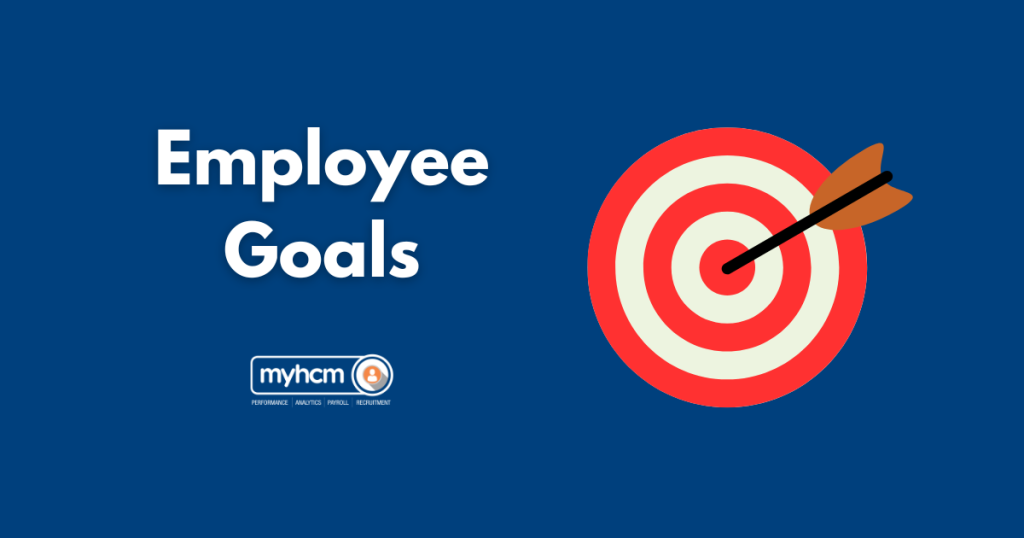Introduction
In 2025, setting clear and actionable employee goals has become more vital than ever for organizations aiming to achieve optimal performance. These goals are not only a roadmap for individual progress but also a means to ensure alignment with the broader organizational objectives. By crafting and tracking goals, businesses can enhance productivity, foster engagement, and promote career development. This article will explore the importance of goals inn organizations, provide actionable examples, and highlight methods to achieve them successfully.
Why Employee Goals Matter
Employee goals provide employees with clarity and direction in their roles, contributing significantly to an organization’s overall performance. These goals bridge the gap between individual responsibilities and company-wide objectives. By setting measurable and achievable goals, managers help employees understand what is expected of them. With clear goals, employees are empowered to excel in their roles while contributing to the company’s growth. Furthermore, having set goals enhances accountability and makes progress measurable, which ultimately leads to higher satisfaction and retention.
SMART Goals and Employee Performance
When setting employee goals, it’s crucial to follow frameworks that ensure clarity and structure. The SMART method is one such framework. SMART stands for Specific, Measurable, Achievable, Relevant, and Time-Bound. This methodology ensures that goals are not vague but instead clear, trackable, and realistic. For example, a SMART employee goal could be “Increase customer satisfaction by 10% over the next quarter through improved communication and support strategies.” By implementing SMART goals, organizations can maximize the effectiveness of their performance management systems.
Employee Goals Review and Feedback
To track employee goals, performance reviews play a critical role. Regular check-ins are essential for providing constructive feedback, making adjustments to goals, and ensuring continued growth. These reviews offer a chance to evaluate whether goals are being met and if they align with changing organizational needs. Performance reviews provide the opportunity for employees to reflect on their accomplishments and identify areas for further development. By offering consistent feedback, managers can help employees refine their goals and support their journey toward success.
Collaboration and Team-Oriented Employee Goals
Collaboration is one area where employee goals can be particularly impactful. Setting team-oriented goals encourages cooperation and a collective effort toward achieving common objectives. These goals can be related to interdepartmental projects or cross-functional teamwork. A specific employee goal in this area might be “Increase collaboration between departments by 15% over the next six months by holding bi-weekly interdepartmental meetings.” Such goals foster a culture of teamwork, where employees actively contribute to shared success and not just individual performance.
Employee Development and Career Growth
Another essential aspect of employee goals is professional development. Setting development-focused goals helps employees grow their skills and advance in their careers. Professional growth goals could include mastering new technologies, completing industry certifications, or developing leadership skills. For example, an employee goal might be “Complete an advanced certification course in digital marketing within the next six months.” By supporting employees’ career growth, organizations foster loyalty, enhance job satisfaction, and ensure that employees are equipped to handle evolving job demands.
Achieving Employee Goals with the Right Tools
Achieving goals requires more than just setting them; it also involves providing the right tools for success. Performance management software like MyHCM can streamline goal-setting processes by providing a platform for tracking, updating, and evaluating employee goals. With the help of AI-powered features, MyHCM allows organizations to set customized, actionable goals for their employees and offers real-time insights into their progress. By leveraging such tools, managers can ensure that their team stays on track and aligns their efforts with broader organizational objectives.
Conclusion
In 2025, setting and achieving goals is crucial for business success. Whether focused on performance, collaboration, or professional development, employee goals are the backbone of individual and organizational growth. By following proven methodologies, regularly reviewing progress, and utilizing performance management tools, companies can set their employees up for success. The path to achieving company-wide success begins with well-crafted goals that drive productivity, motivation, and alignment across teams.
